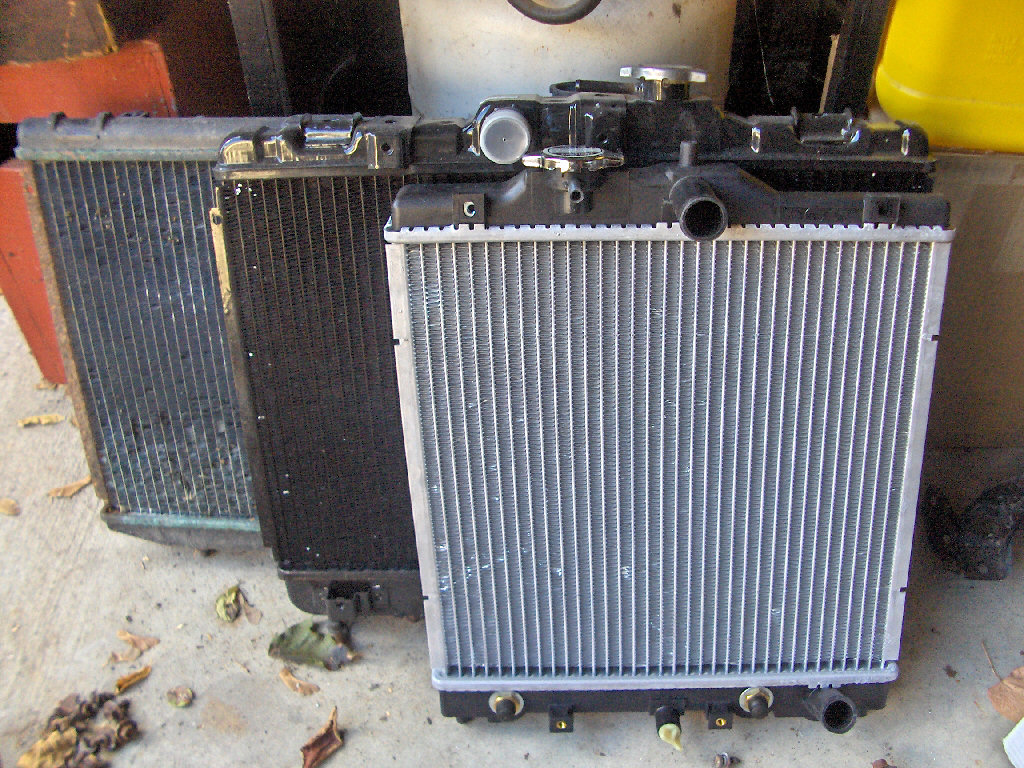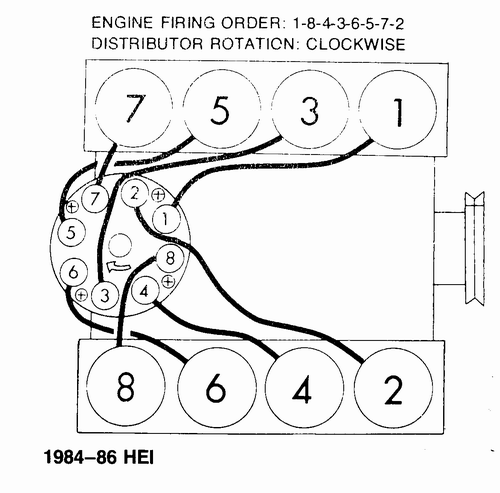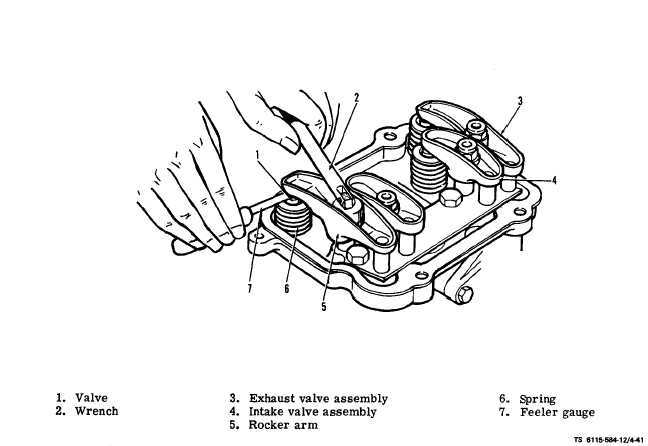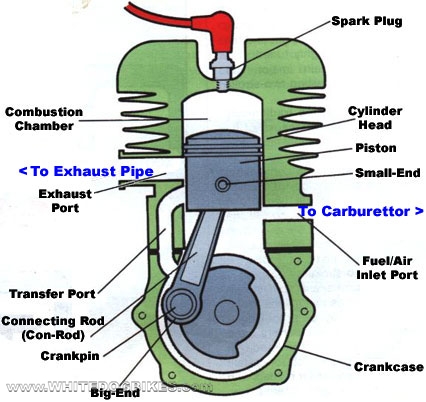What is taper and ovality in the bore, how is it caused how do you check it?
A:Ovality is the wear in the cylinder bore. The ovality is caused by the main friction of the piston's movement up and down the cylinder bore. Though it may seem the piston moves straight up and down, the pull from the conrod going back and forth by the motion of the crank causes the piston to do the same but since the piston follows up and down the bore, it moves up and down.

What is side clearance on a piston and how is it checked?
A:The side clearance is the distance between the piston and the cylinder wall. The piston rings are used to close the gap when under pressure to help contain the compression in the cylinder. To check the side clearance on the piston, place the ring into the piston and use a feeler gauge to measure the clearance in between.

How can you tell the difference between a inlet and exhaust valve and why?
A:The inlet valve is bigger, it lets in plenty of Air/fuel mixture. The exhaust valve is smaller, it lets out the exhaust gases, not a higher priority.

What sort of tempatures do the inlet and exhaust valves get up to?
A:the inlet valves can get up to round 250 degrees celsius and the exhaust valves can get up to around 750 degrees celsius.
What temperatures and speeds must the piston be able to cope with?
A:Most pistons handle temperatures up to 300 degrees celsius and handle speeds up to 7500rpm which is the common "redline" for most vehicles.
Why do we have piston ring end gap clearance?
A:To allow the ring to expand when pressure gets underneath it to increase the strength of the seal.
What could the result be if the piston ring end gap is too small?
A:Not much pressure would be able to get underneath it and make an adequate seal.
Why do aluminum cylinder heads usually have a steel shim (washer) between the valve spring and the cylinder head surface ?
A:To prevent damage to the head as the head is made by a softer/lighter alloy and after time the spring loses tension, the shim would also bring it back to normal.

What is meant by the terms S.I and C.I in a four stroke engine?
A: SI means spark ignition and CI means Compression ignition


What is the purpose of the margin on the valve?
A:The valve margin is the width of the edge of the valve head between the top of the valve and the edge of the face. It is used to disipate heat. (exhaust valve has a thicker margin as it undertakes more heat than the intake) A too thin a margin results in preignition from a bad seal and the valve being damaged through over-heating.

What is the purpose of a core plug?
A:To prevent the engine block from cracking when the weather is cold enough to freeze the water in the block's water jacket solid. The plugs pop out when the water turns onto ice and expands.
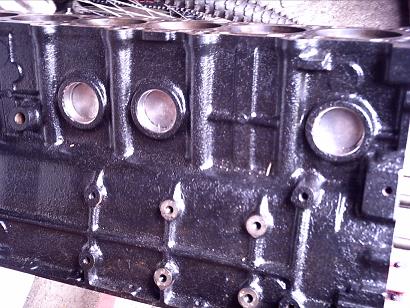
What is end float and run out on a crankshaft, hows is measured?
A:The end float is the allowed play in the crankshaft and the runout is the ovality in the crank journals. These are measured with a DTI gauge.

